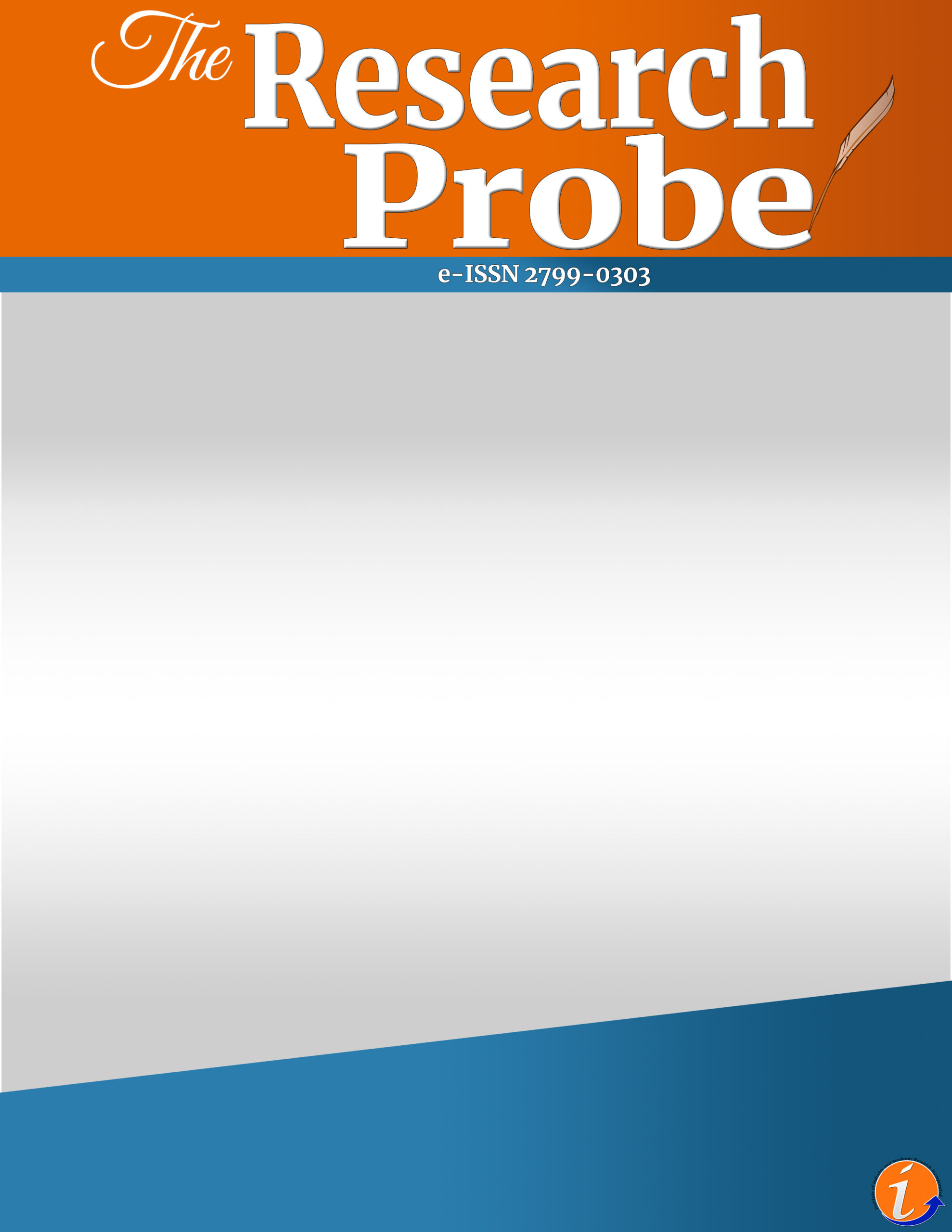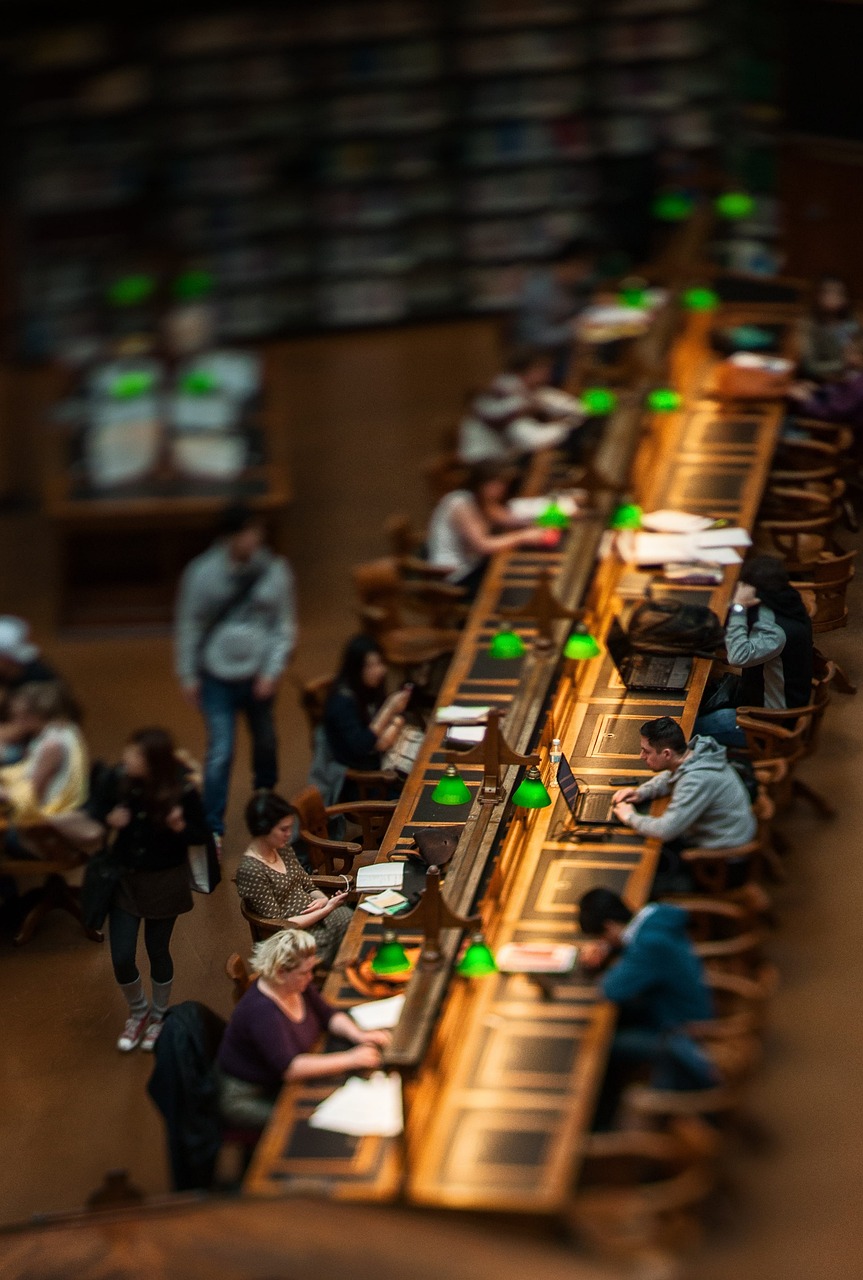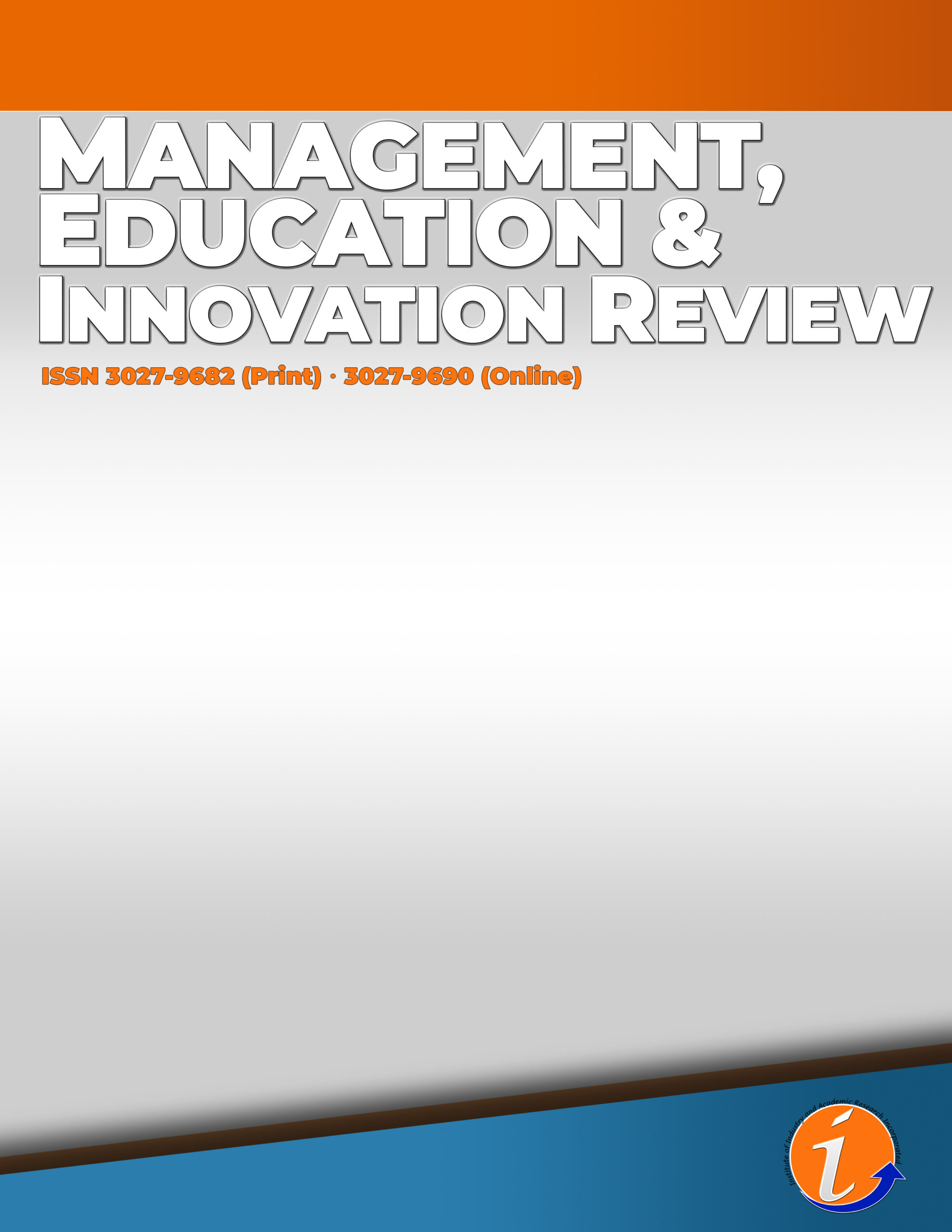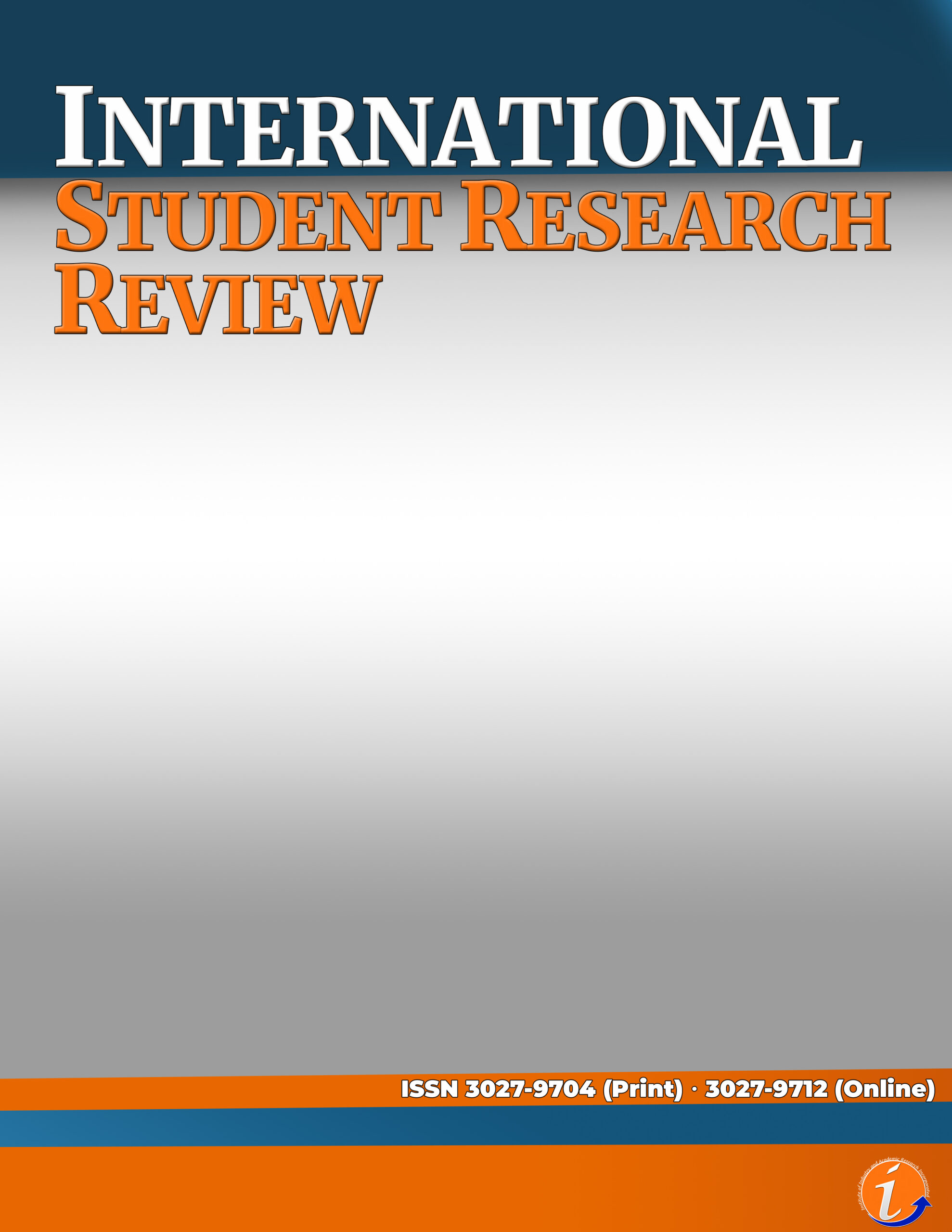Most university students are now facing the challenges in attaining the right to education. Although the interim universities are trying to fulfil their requirements, the dropout rates of these universities are still increasing. Hence, this study aims to find the factors that linked unattainable right to tertiary education in Myanmar. A total of 100 university students participated in this study. This study was based on four dimensions of right to education such as availability, accessibility, acceptability and adaptability. Students were assessed using researcher-developed survey questionnaire in both quantitative and qualitative perspectives. Based on the results, the sample interim university students were relatively the highest attainability at the adaptability dimension of right to education (M=91%) compared to the lowest 31% unattainability at the availability dimension of right to education (M=31%). The sample students showed the highest mean value 31% at unattainable in availability, whereas the unattainable at adaptability dimension indicated the lowest mean value at 9%. Concerning unattainable points at accessibility and acceptability were 16% and 18%, respectively. This research was only intended to identify the challenges of right to education for interim universities and not the university students who joined the universities under military regime.
right to education, availability, accessibility, acceptability, adaptability
This paper is presented in 3rd International Research Competition
Ahmad, M., 2011. The sector-wide approach in Bangladesh primary education: a critical view. In: CREATE Pathways to Access Research Monograph, 57. NUEPA/University of Sussex, Delhi/Brighton.
Akyeampong, K. (2010). 50 years of educational progress and challenge in Ghana. Consortium for Research on Educational Access, Transitions and Equity.
CASEN (Encuesta de Caracterización Socioeconómica Nacional) (2017). Results of the National Socioeconomic Survey [online database]. Santiago de Chile: Ministerio de Desarrollo Social. http://observatorio.ministeriodesarrollosocial.gob.cl/casenmultidimensional/casncasen_207.php.
Croft, A. (2010). Including disabled children in learning: Challenges in developing countries. In: CREATE Pathways to Access, Monograph 36. Consortium for Research on Educational Access, Transitions and Equity. http://www.create-rpc.org/pdf_documents/PTA36.pdf
Dunne, M., Bosumtwi-Sam, C., Sabates, R., Owusu, A. (2010). Bullying and school attendance: A case study of senior high school students in Ghana. In: CREATE Pathways to Access, Monograph 41. Consortium for Research on Educational Access, Transitions and Equity. http://www.create-rpc.org/ pdf_documents/PTA41.pdf
Govinda, R. & Bandyopadhyay, M. (2009). Changing framework of local governance and community participation in elementary education. In: CREATE Pathways to Access Research, Monograph No. 35, NUEPA/University of Sussex, Delhi/Brighton.
Hadley, S. (2009). Seasonality and access to education: the case of primary education in sub-Saharan Africa. In: CREATE Pathways to Access Research, Monograph No. 31, Institute of Education and Brighton: University of Sussex, London.
MINEDUC (2020a). General distance learning guidelines for students in higher education institutions. Santiago de Chile: Ministry of Education. https://educacionsuperior.mineduc.cl/wpcontent/uploads/sites/49/2020/05/PLAN-DE-ACCIN-COVID-19.pdf.
MINEDUC (2020b). COVID-19 guidelines from the Ministry of Education. Santiago de Chile: Ministry of Education. https://www.mineduc.cl/orientaciones-mineduc-covid-19/.
Tomasevski, K. (2004). Manual on rights-based education: Global human rights requirements made simple. Bangkok: UNESCO. https://unesdoc.unesco.org/ark:/48223/pf0000135168
Lewin, K.M. (2007a). Improving access, equity and transitions in education: Creating a research agenda. In: CREATE Pathways to Access, Monograph 1. Consortium for Research on Educational Access, Transitions and Equity. http://www.create-rpc.org/pdf_documents/PTA1.pdf.
Lewin, K.M. (2007b). Expanding access to secondary schooling in Sub-Saharan Africa: key planning and finance issues. In: CREATE Pathways to Access, Monograph 8. Consortium for Research on Educational Access, Transitions and Equity. http://www.create-rpc.org/pdf_documents/PTA8.pdf
Lewin, K.M. & Sabates, R. (2011). Changing patterns of access to education in Anglo-phone and Francophone Countries in Sub Saharan Africa: Is education for all pro-poor? In: CREATE Pathways to Access Research, Monograph No. 52. NUEPA/ University of Sussex, Delhi/Brighton.
Little, A.W. (2010a). The politics, policies and progress of basic education in Sri Lanka. In: CREATE Research, Monograph 38, Consortium for Research on Educational Access, Transitions and Equity. http://www.create-rpc.org/pdf_documents/PTA38.pdf
Little, A.W. (2010b). Access to basic education in Ghana: politics, policies and progress. In: CREATE Research, Monograph 42, Consortium for Research on Educational Access, Transitions and Equity. http://www.create-rpc.org/pdf_documents/PTA42.pdf
Little, A.W. (2010c). Access to elementary education in India: politics, policies and progress. In: CREATE Research, Monograph 44, Consortium for Research on Educational Access, Transitions and Equity. http://www.create-rpc.org/pdf_documents/PTA44.pdf
Lewin, K.M., 2009. Access to education in Sub-Saharan Africa: patterns, problems and possibilities. Comparative Education, 45 (2), 151–174.
Oketch, M., Somerset, A. 2010. Free primary education and after in Kenya: Enrolment impact, quality effects, and the transition to secondary school. In: CREATE Pathways to Access, Monograph 37. Consortium for Research on Educational Access, Transitions and Equity. http://www.create-rpc.org/pdf_documents/PTA37.pdf.
UNESCO (United Nations Educational Scientific and Cultural Organization) (2019). Right to education handbook. Paris: UNESCO. https://unesdoc.unesco.org/ ark:/48223/pf0000366556.
UN (United Nations) (1966). International covenant on economic, social and cultural rights. New York: United Nations. https://www.ohchr.org/Documents/Profe ssionalInterest/cescr.pdf
Cite this article:
Pann Ei Phyu Aung (2024). Factors linked of unattainable right to tertiary education in Myanmar. The Research Probe, 4(1), 22-27. https://doi.org/10.53378/trp.0624.1.6
License:
![]()
This work is licensed under a Creative Commons Attribution (CC BY 4.0) International License.













